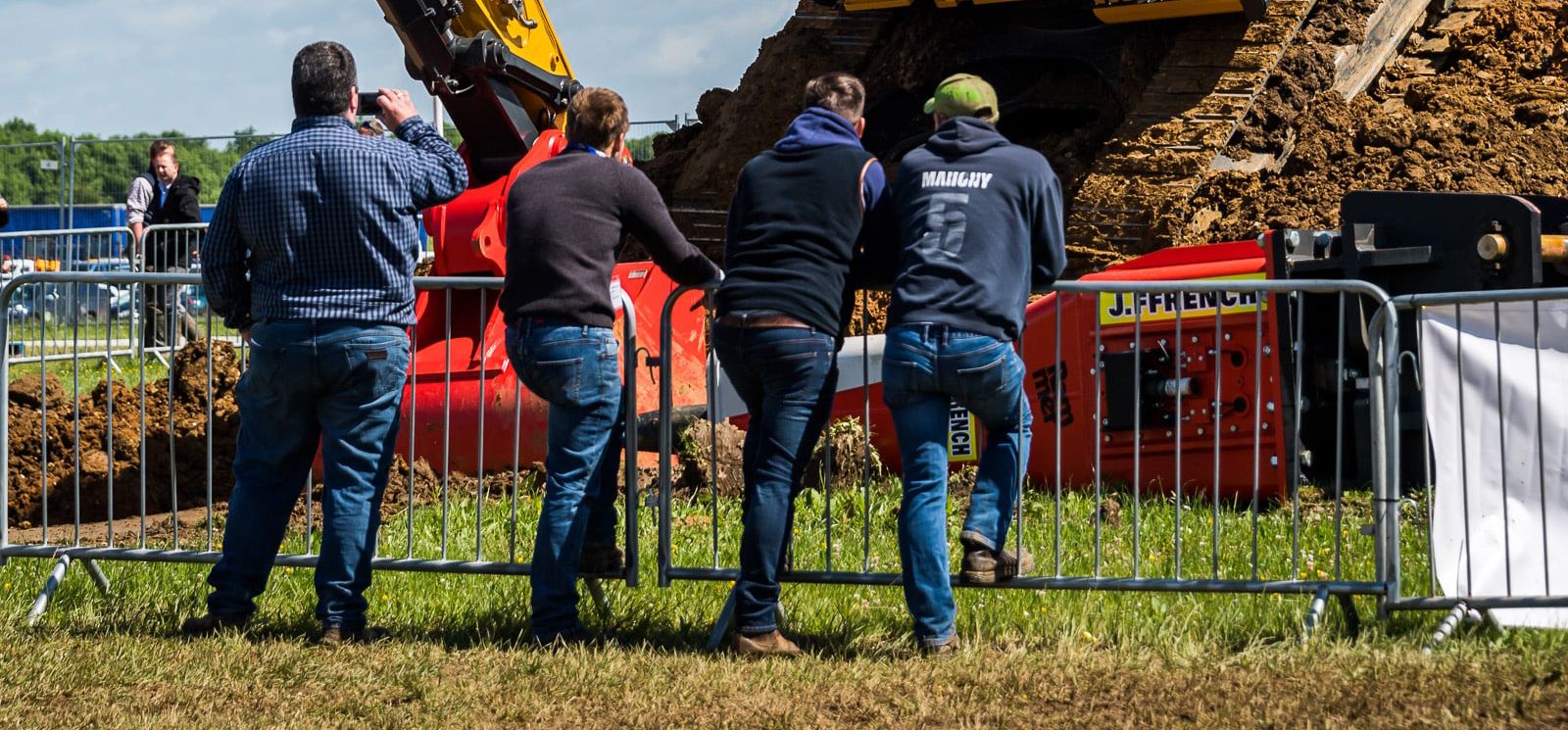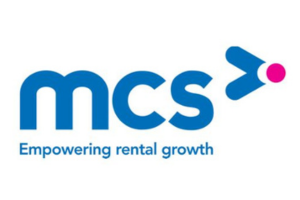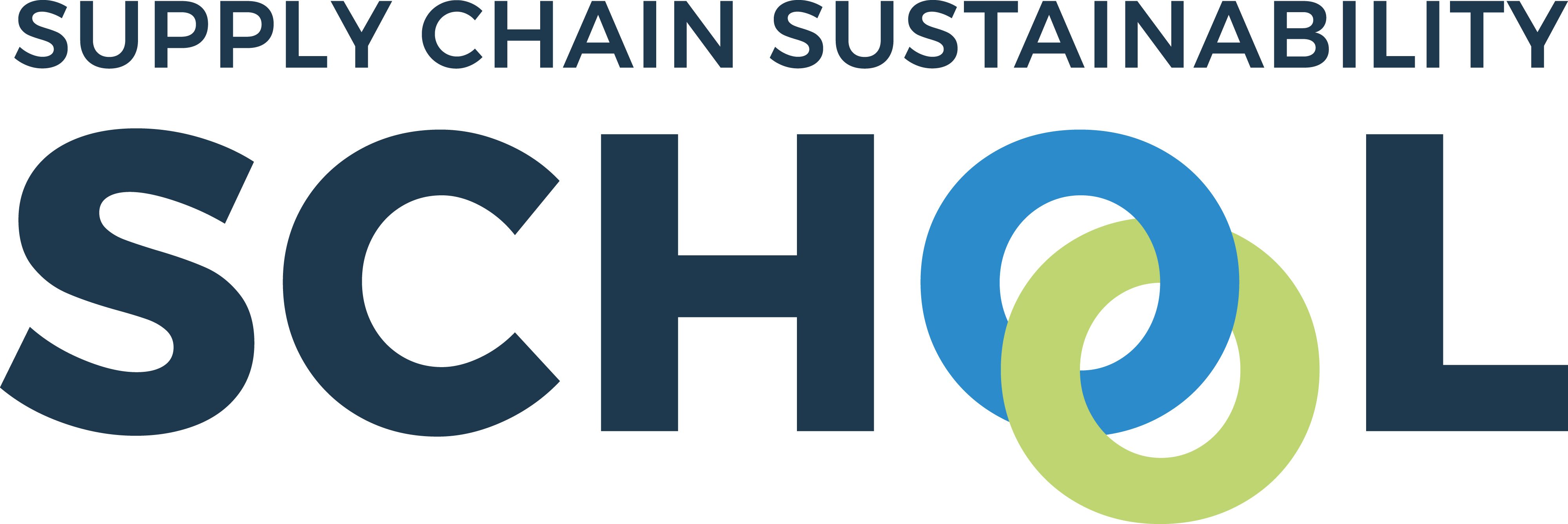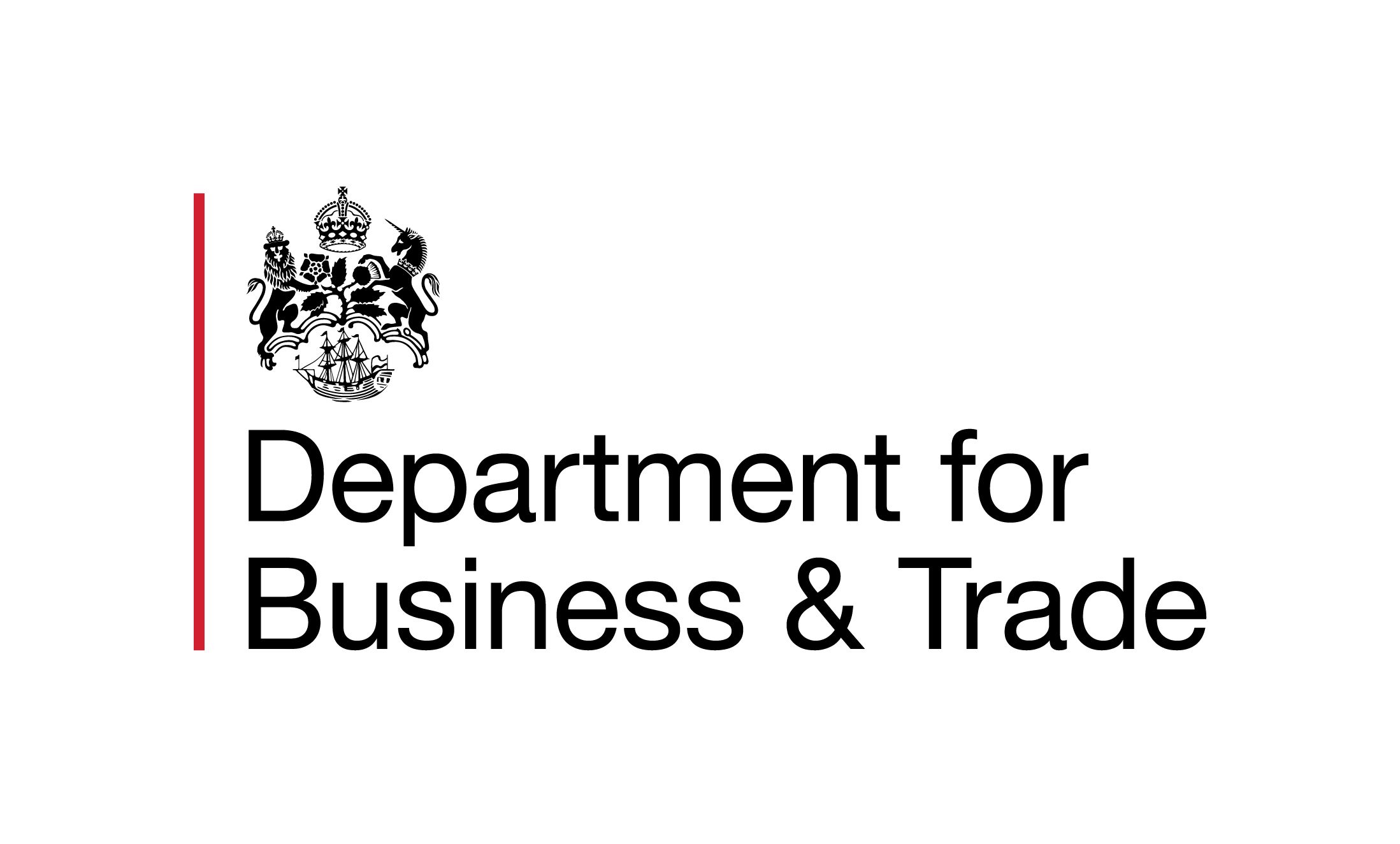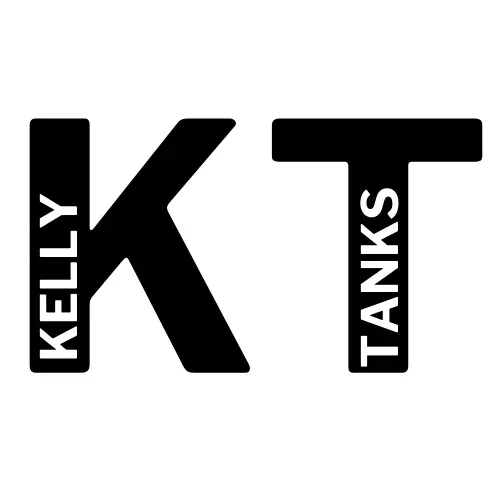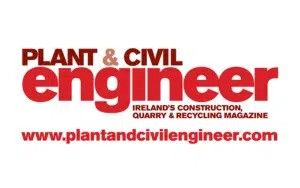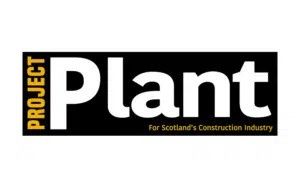Hydrogen and Battery-Electric Machinery: Progress and Practical Barriers
)
Estimated Read Time: 6–8 minutes
Introduction
As the construction industry works to decarbonise, two technologies - hydrogen and battery-electric - are leading the conversation. In this article, we explore findings from the Element 1 Project, a government-backed trial led by Plantforce and Flannery Plant Hire, testing hydrogen-powered plant machinery on UK construction sites.
These insights, taken from a recent PlantWorx webinar - featuring Andy Byatt, Flannery's Head of Innovation, Technology and Sustainability and Plantforce CEO Sam Mercer - shed light on the challenges of moving beyond diesel - and what needs to happen next for these future fuels to become commercially viable.
The Element 1 Project: A Government-Backed Trial
Funded by the UK Government’s Department for Energy Security and Net Zero, the Element 1 trial explores the use of hydrogen-powered construction machines in real-world conditions. Led by Plantforce and Flannery, the project focuses on reducing diesel use and emissions across high-demand environments.
Early findings suggest hydrogen machines could cut carbon emissions by 30 to 40% - a promising figure for an industry under pressure to meet climate targets.
“This is about proving these solutions can work on live construction sites - not just in controlled settings.” – Sam Mercer, CEO, Plantforce
Battery-Electric Machinery: High Interest
Battery-electric machines are also gaining attention, particularly at events including bauma 2025, where several OEMs launched new models. However, UK sites are dealing with charging logistics.
Imported electric machines from the Netherlands have sparked interest - but they come at a price. Some electric models cost more than their diesel equivalents, which has implications for rental pricing and ROI.
“We need a strong business case, including incentives or carbon credit schemes”
Bridging the Gap: From Trial to Industry Adoption
The demand for cleaner machinery is real. There is no shortage of interest in hydrogen and battery-electric machinery. However, translating discussions into practical deployment remains a challenge. While more machines are entering the market, the industry needs incentives, infrastructure, and cost reductions before adoption becomes widespread:
- Reliable hydrogen and EV infrastructure
- Moderate upfront and rental costs
- Clear policy incentives (like those in the Netherlands)
- Continued collaboration between suppliers, contractors, and government
Until then, the focus remains on bridging the gap between what’s available and what clients can realistically implement. Plantforce and Flannery are already proving that cleaner machinery is operationally viable. Now, the sector looks forward to putting this into action.
PlantWorx 2025: Continue the Conversation
PlantWorx returns to Newark Showground from 23-25 September 2025, bringing together over 12,000 professionals from across the construction industry.
The show will spotlight the latest machinery, sustainable tech, and future fuels - including those discussed in the Element 1 Project. Register free to be part of the conversation.
Register for PlantWorx 2025 here
Further Reading:
Element 1 | Plantforce CEO Sam Mercer on the trial’s impact
Element 1 | Flannery's Head of Innovation, Technology and Sustainability, Andy Byatt on hydrogen integration
Inside the Buying Habits of Plant Hire Giants - Webinar Replay

